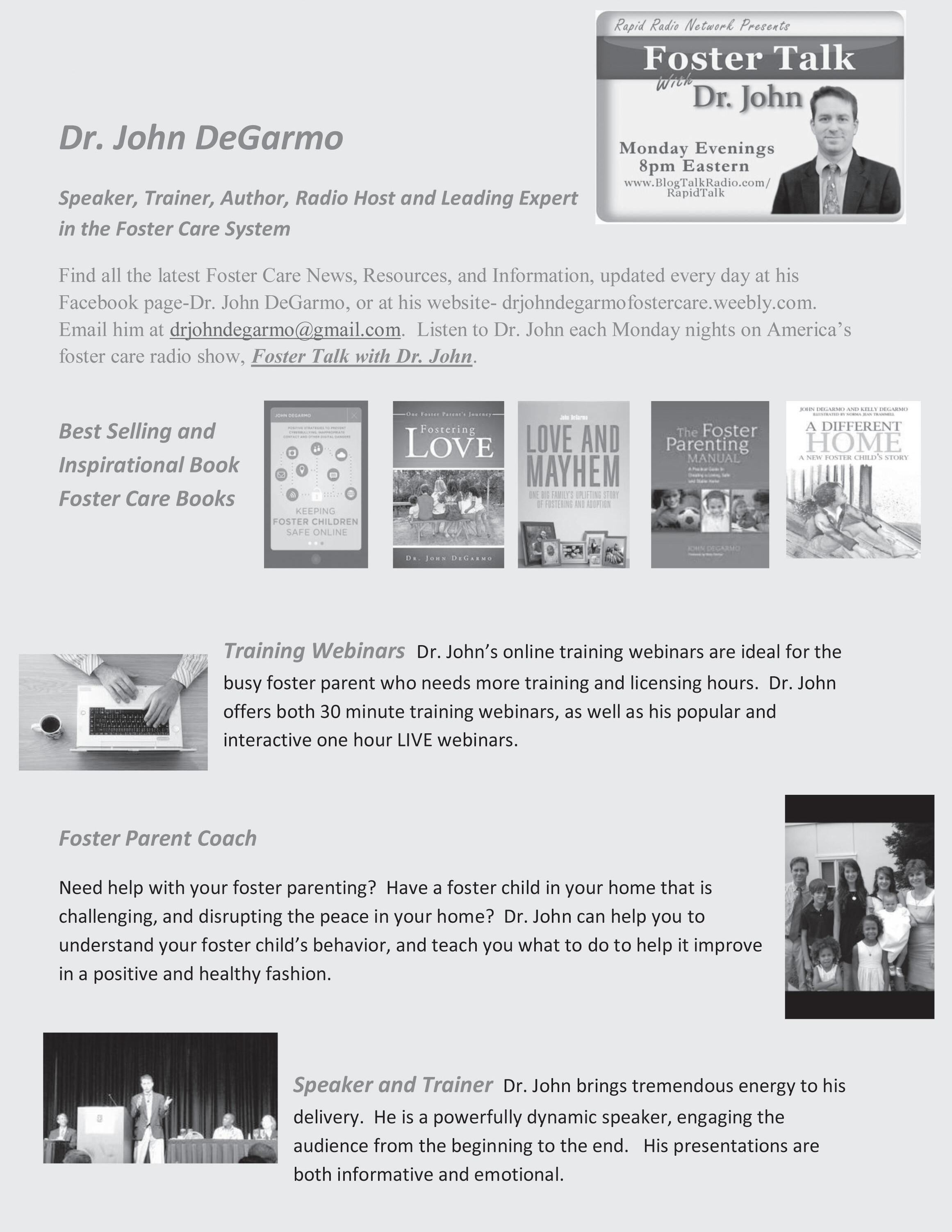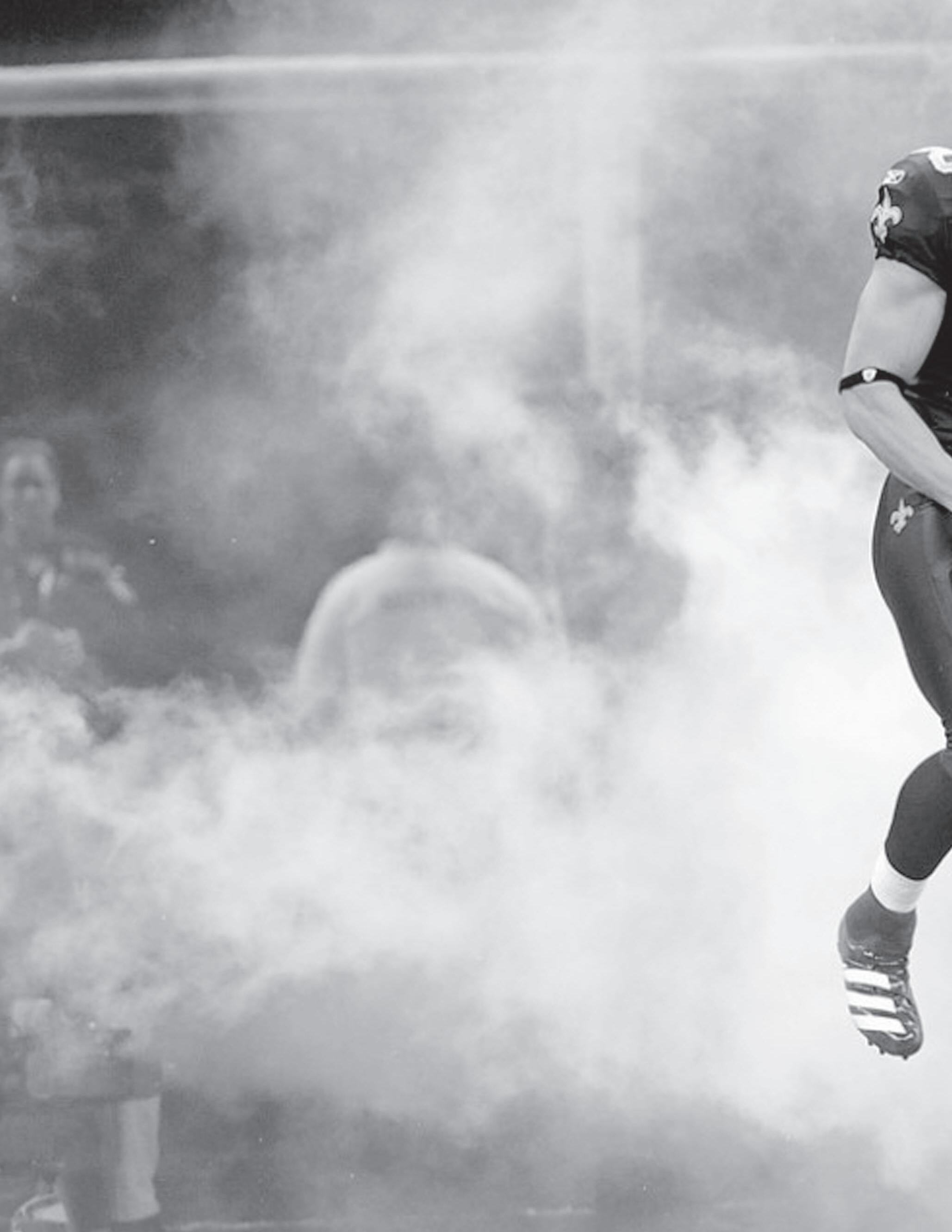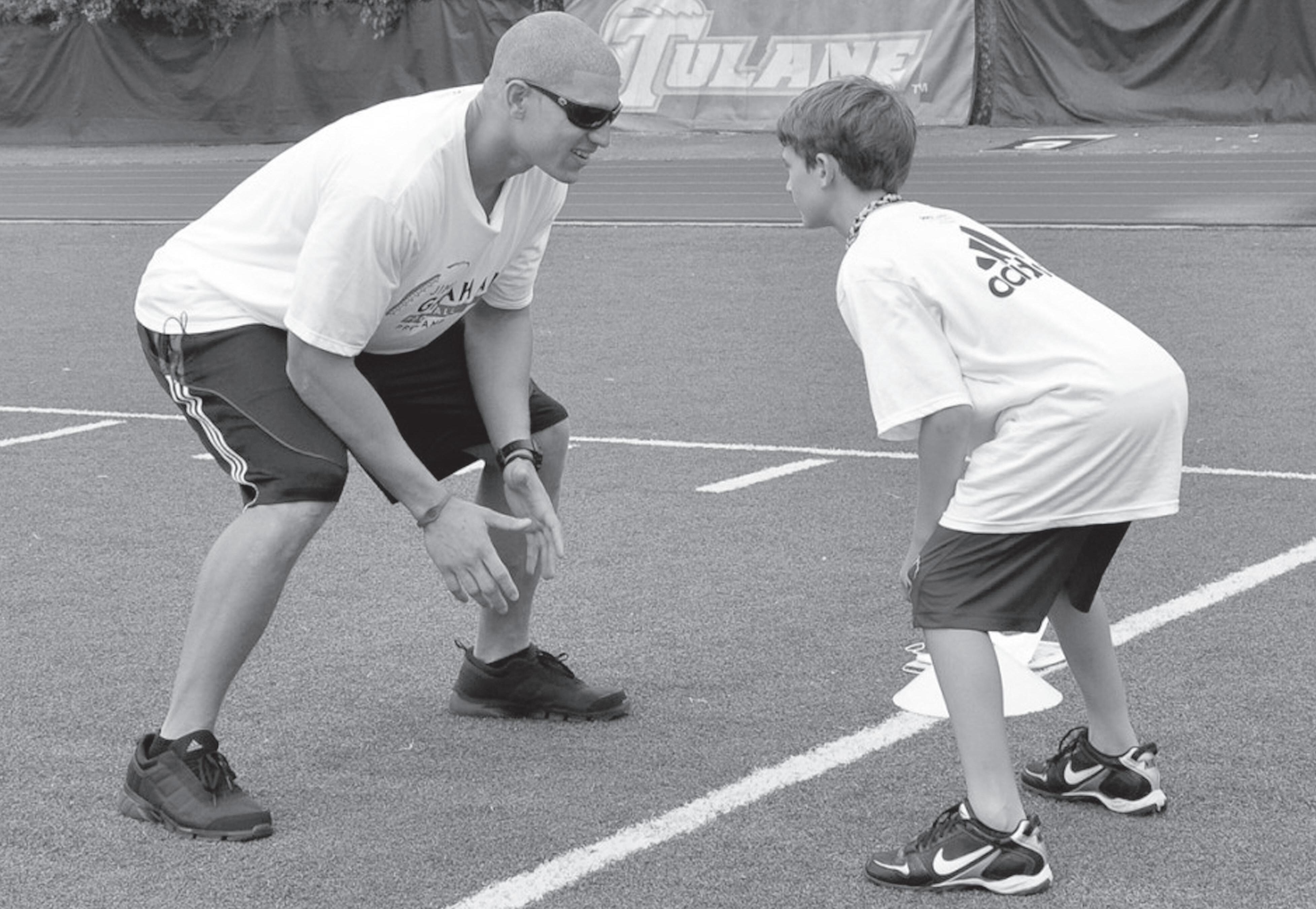
14 minute read
Into Thin Air Into Thin Air
By Rhonda Sciortino Foster Focus Contributor

Advertisement
By Sandie Morgan R.N., Ph.D.(c) Foster Focus Contributor
When I was abandoned by my biological mother at six months of age, I became a “ward of the court,” a common term used in the 1960’s. For most of the first 16 years of my life, my mentally ill maternal grandfather and alcoholic grandmother were my guardians. (I think the only thing they actually “guarded” was the monthly check that accompanied my presence in the dilapidated, filthy shack we lived in.) I experienced verbal and physical abuse, poverty, filth, and hunger for my entire childhood, except for the very brief time when I was with a foster family.
I do not know the names of my foster parents, and I don’t know what city they lived in; in fact, I remember very little about them But I know that they showed me simply by the way they lived their lives that there were people in the world who lived in a clean house, had plenty to eat, didn’t yell at one another or hit each other, and who actually seemed to enjoy one another ’s company The brief time I spent with those people was the first time I could change clothes without someone watching It was the first time I slept peacefully through the night without my stomach all tied up in knots Consequently, I’ve always thought that people who care for other people’s children are some of the best people in the world
Sadly, I was removed from the care of those wonderful people because they took me to church, which was considered wrong in the Southern California county where I lived in the days immediately following the Supreme Court ruling to remove prayer from schools
I was placed back with the people who beat me, burned me, and told me repeatedly that they hadn’t signed up for raising another kid I emancipated at the first possible opportunity age 16. I grew into adulthood thinking there was nothing worse than child abuse I couldn’t find a way to repay those foster parents, but I dedicated my career to protecting and defending good child welfare providers through insurance and risk management
When I was 27, I started a retail insurance brokerage, which was the only insurance organization in the U.S. dedicated solely to protecting child welfare organizations When I was 34, I founded a national company to help retail brokers all over the country do the same for the child welfare organizations in their areas. I’ve sold those companies, and I now serve as the national child welfare specialist for Markel Insurance Company
Through my involvement with child welfare organizations throughout the U S , I’ve heard about sexual exploitation of children, but I had never fully connected the dots between foster care and the commercial sexual exploitation of children until I met Sandie Morgan, Director of Vanguard University’s Global Center for Women and Justice
Sandie taught me that the selling of children for sex is a business, so it’s important that we call it what it is–not “prostitution” but “Commercial Sexual Exploitation of Children ” Law enforcement professionals call it “CSEC.” Twelve-year-olds dressed up to look like they are 23 years old are not prostitutes but victims They don’t want to be on the streets soliciting sex. The pimp isn’t their boyfriend and protector as many have been brainwashed to believe.
Sandie taught me that cartels and gangs understand that when they sell drugs or guns, the asset is gone But when they sell a child, they have “reusable assets” that can be sold as many as fifty times in one night My stomach clenched when I heard this
Although I was not trafficked, I could so easily have been in that position When I was 8 or 9 years old, I knew through the other kids on my street that I was the only little girl who had not been raped The day I met Sandie Morgan, I learned that the only thing worse than abusing an innocent child is profiting from the abuse of a child

Everyone involved in foster care needs to understand that foster kids are prime targets for traffickers. They’ve been abused, often in a sexual way, so they think so little of themselves Those who have been sexually molested have a tangled thought process about sex trafficking Some victims say, “My sexual innocence was being taken from me at home for free At least now I’m earning money for it ” Some victims think the pimp (often referred to as their “Daddy” or “boyfriend”) actually rescued them from the street These are the cases when the child ran away from a group home or foster home and no one came to get them
Vanguard’s Global Center for Women and Justice reports that runaway kids are approached by traffickers within 48 hours of running away They also report that many kids hanging out in parks, malls, etc., resist traffickers the first few times they approach But by the fourth time a trafficker approaches them, they are usually out of options, and ultimately succumb Pimps tell girls, “See, no one is looking for you No one is coming for you. No one cares if you live or die But I’ve been here trying to look after you and bringing you something to eat four times now ” How can she argue with that logic?
One pimp actually wrote a “guideline” for people who want to get into the trafficking business! He used Maslow’s Hierarchy of Needs to give step-by-step instructions on how to coerce the girl or boy to willingly cooperate It’s evil, and it’s being done throughout the U S Make no mistake that this heinous crime is prevalent in the U S
By now you may be wondering what you can do about the commercial sexual exploitation of children The answer is “MUCH!” First is prevention As people who care about foster kids, the best thing we can do to help kids avoid being trafficked is to help them gain a sense of their own worth and value We can instill this attitude by helping them to identify their good characteristics, including those developed as coping mechanisms for the pain they’ve felt. These may be the very things that bug you about the kid! The characteristics of successful survivors of abuse include strength, resiliency, resourcefulness, persistence, courage, the ability to adapt to different people and environments, and the ability to assuage angry people
Pointing out a child’s unique characteristics is like describing to a blind child how he or she looks Imagine telling a child who is blind that she has beautiful, shiny brown hair, beautiful eyes, and long, brown eyelashes As she begins to believe she’s beautiful, she sits up a little straighter As foster kids begin to believe that they are stronger and more resourceful and braver than the average person, they begin to believe they have worth and value
Another way to prevent the children within your influence from being trafficked is to instill a sense of their belonging Include them in your family activities, family pictures, and family responsibilities.
An important element of stopping trafficking in your area is to help stop the demand Teach the boys in your care how to treat girls Teach all the children within your influence that the “pimp culture” isn’t acceptable For example, kids (and adults) think nothing of naming a TV show “Pimp My Ride” and listening to music that speaks of pimps and the girls [not the words they use] in the “stable.” My friend Joanne Feldmeth, director of Royal Family Kids Clubs, says, “The media tends to glamorize the pimp, excuse the john, and shame the victim ” If foster kids throughout the U S refused to go along with the “cool factor” of the “pimp culture,” we could do what gay and lesbian advocates have done with the use of the word, “gay” to mean uncool or stupid. Using the word “gay” to mean stupid is now considered taboo
Lastly, you can help stop trafficking in your community by being on the lookout for any suspicious activity Watch for adults, usually men, talking with young girls It happens at massage parlors, truck stops, hotels and motels, parks, fast food restaurants, malls, and on the street When you see it, you can call the National Trafficking Hotline, 1-888-3737-888, or go online to make a report that will be investigated www polarisproject org/whatwe-do/national-human-trafficking-hotli ne/report-a-tip You can provide your name or remain anonymous.
A complete list of tips for recognizing the signs is: polarisproject org/human-trafficking/recognizing-the-signs.

You can also stay informed on the issues by subscribing to the Global Center for Women and Justice podcast: gcwj vanguard edu/eht-podcast/eht1
For more information on Rhonda Sciortino, go to www rhondasciortino com To contact Rhonda, email her at rhonda@rhondasciortino com For information, resources, and training, go to Vanguard University’s Global Center for Women and Justice at; gcwj.vanguard.edu



By Chris Chmielewski Foster
Editor
Fear is not an option in the NFL. It has no place in a league full of exaggerated size and strength. There is nowhere for fear to live in a workplace where an opponents’ sole purpose for being on the field is to incapacitate you. There is no room for fear in the NFL.
For 17 Sundays through the fall and winter Jimmy Graham checks his fear in the Superdome parking lot, enters a building that has stood tall through the fear of a nation. He dawns the uniform of a champion, further covering up any traces of remaining fear. The welcoming smile that usually covers his face is long gone.

Through pre-game warm ups he is focused, paying attention to detail. He runs hard, catches the ball with purpose and plays and replays game scenarios in his mind.

When the stadium lights go on, the music starts to play, energy grows to a fever pitch and the opening kickoff sails just under the white roof of the dome. Any fear is gone.
Fearless is the best description for an NFL Tight End. As a top Tight End in a league full of game changers at the position, Jimmy Graham is asked to retain 350 lb monsters from hitting QB Drew Brees. He is asked to run across the middle of the field and pluck bullet fast passes from the air while being sandwiched between head hunting defensive backs. He is asked to score the touchdowns that might allow the New Orleans Saints to have a home game for the Super Bowl. The goal post dunks after TD's are a bonus Jimmy gives to the fans.
Last year Graham led all tight ends in receptions with 99, went to the Pro Bowl and is a thorn in the sides of defensive coordinators across the League. This is how Jimmy Graham spends his Sundays now, fearless. He is a hero to thousands of kids and a must have in
The only stumbling block was the matter of a mere $98 00 per month from Jimmy’s mother Jimmy’s stepfather wanted it; his mother wasn’t willing to pay it The solution as they saw it was to drop a young 9 year old boy off on the stairwell of Social Services. Fear.
"She just left me there," said Graham while speaking to Foster Focus at New Orleans Saints training camp "I was small and scared. My mom had left me in a kid jail, basically ”
So at age 11 Jimmy once again was given away This time he found himself fantasy football leagues nationwide. But that wasn't how it started There was a time when fear was a daily companion
Foster Focus: When did you start to feel that you had really made it?
Jimmy Graham: I feel like I haven’t completely made it because now it’s the transition to me sharing my stor y I’m a pilot now and eventually I’m going to link up with a foster and have a program where I can take kids up. Fly with them and teach them that the sky is the limit!
Jimmy Graham spent the early part of his life in Goldsboro, North Carolina Born into a lower middle class home among much older boys, much colder boys, boys who had given up “There were violent offenders, thieves and deviants. I was NOT supposed to be there. I was a normal, polite kid I had to figure out how to get along there ”
His mother would bring him home for a few years, until one morning she told Jimmy they were going for a ride What started off as a seemingly harmless ride quickly changed tone “She stopped the car and told me to get out, I had no idea what was going on.” Fear.
Foster Focus: When did you realize you were more or supposed to be more than just a foster kid?
Jimmy Graham: It took me a long time, I felt like I was running away from it [ foster care] I was literally running for my life to never have to go back to something like that. I used it as motivation not as a crutch.” owned and operated by a very young and very scared single mother who often unloaded the young boy on family members Years of struggling to make ends meet led to the most pivotal and fear filled moment of Jimmy Graham's life
Graham's mother was looking for a way
FF: Did you understand what was happening to you?
FF: It was a rough place you went to?
JG: It wasn’t a foster home at all it was a ……a kid jail.
On one unforgettable afternoon, Jimmy was left alone in a van with five of the other residents. What happened next would result in a bed ridden Graham recovering for three days The boys had decided that the much smaller boy would be a sufficient punching bag as they took turns beating on him Swollen eyes matched with bruises would be a
JG I had a ver y unique situation. Most people get taken away. I was actually dropped off by my mother. One day I’m living a pretty normal life, to the next day my whole entire world turned upside down out A custody arrangement was made with Jimmy’s ex-stepfather as guardian
FF: Most people don’t understand what it takes to enter a strange place. Did being in care and having to adjust to someone else’s ways make it easier to handle college and the NFL?
JG: One of the things it makes you do is it makes you grow up faster. For me at 11 I had to turn into a man. I had to be more accountable for things I had to do for myself It’s made me a ver y strong, independent, individual I know where I came from, I know what I’ ve been through, I think it’s made me the competitor that I am.
FF: Do you have plans to start a foundation?
JG: I’m linked up with Boys Town Louisiana I did a t v special with one kid also linked up a couple of my endorsements with them so they are more prof itable. There are some great kids there.
With his sister crying in the car he was led into his new home; a group home for orphans and troubled youth An unfortunate placement of circumstance for a fragile young man. As he sat through his mother signing Jimmy over to the state, the gravity of what was happening began to reveal itself to the young boy, now alone Fear reminder of Jimmy’s vulnerability in his new environment He begged his mother to bring him home, that the environment was just too much for a boy that small to take He was met with a dial tone. Fear.
After nine intense months at the home Jimmy’s mother finally brought him home The abuse continued, this time at the hands of a new boyfriend Fear
He would seek refuge in a weekly prayer group that offered free food A few months of interaction with Jimmy led Becky Vinson, a volunteer, to take a special interest in the bright young boy As time went on Jimmy and Vinson formed a bond which allowed Jimmy to open up about his problems at home and his fear of returning to a group home.

It was all the young nursing student and mother to her own young daughter needed to begin feeling like Jimmy needed a family that wanted him too Over time the subject of Jimmy becoming a member of the small Vinson family began to take shape When he was finally adopted Jimmy’s emotional circumstances had changed drastically Through hard work on the part of Becky Vinson, Jimmy’s financial and living circumstances changed as well While going to nursing school the Vinson family did have to live in a trailer where heat was a luxury They were so happy to be a family the 3 simply layered up and weathered the hard times. “With Becky and Karina I finally had a family ”
With his life starting to take shape, Jimmy began to take school and sports much more seriously, improving his grades to As and Bs, becoming the focal point of the basketball team and a joy to be around
Says Vinson of her son, “I’m a better person because Jimmy Graham is my kid ”
People started to notice Specifically the people at the famed
University of Miami. A gifted basketball player, Graham did well for himself while he was a Hurricane Late in his Junior season, Bernie Kosar, the famed University of Miami and NFL quarterback saw something in Graham and encouraged him to play for the school’s football team After some coaching and training with Kosar, Jimmy found himself on the field at Miami as a tight end for one of the most recognized football programs in the country
Though only catching 17 passes in his 13 games during his Senior year at Miami, he showed a knack for finding the endzone His 5 touchdowns were enough to catch the eye of several NFL scouts.
In 2010 NFL draft Jimmy sat in wait during the first two rounds as countless NFL draft rooms across the country plotted their next moves In the third round with the 95th pick of the draft, Jimmy was again at the mercy of others to decide his new home
The New Orleans Saints, who too had known the feeling of not having a home, chose Graham to be a part of one of the most electric offenses in all of football
Jimmy wasted no time becoming a friend, teammate and family member in his new home. He quickly became a locker room favorite His first year in the league was spent learning the fast paced offense and gaining his timing with quarterback Drew Brees He caught 31 passes for 356 yards with 5 touchdowns More importantly Graham showed he could be a proficient blocker which would translate to more time on the field, leading to more chances to make an impact
In 2011, with a year under his belt, Jimmy exploded onto the national scene. His league best 99 receptions catapulted him on to the radar of every NFL Defensive Coordinator and a nightmare for defensive backs the league over
At 6 foot 7 inches and 265 pounds Graham is much larger than most cornerbacks and safeties Combine that with his blazing speed gained from years on the basketball court and he’s too much for any linebacker to keep up with The result was 1,310 yards and 11 touchdowns
Jimmy Graham finds himself as one of the top tight ends in a league that continues to find new ways to utilize the elite players at that position. In New Orleans he has found a home, the city that was in need of heroes has found one in a quiet likeable kid who almost got lost on his way to stardom They relate to his path and his “no quit” attitude They share a survivors mentality that most people can not understand He has reached out to the Louisiana BoysTown to give back to local kids in the system, further endearing himself to the people of the Big Easy
Jimmy has been running his whole life Running to gain approval from an absent mother. Running to prove his worth to the family that opened their arms for him Running to stay out of the system And running to become a better person
But he doesn’t run from fear Fear has no place in the life of Jimmy Graham a boy once given away for ninety eight dollars










